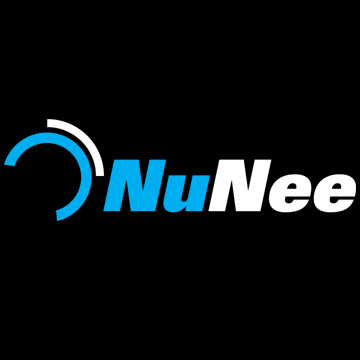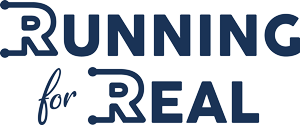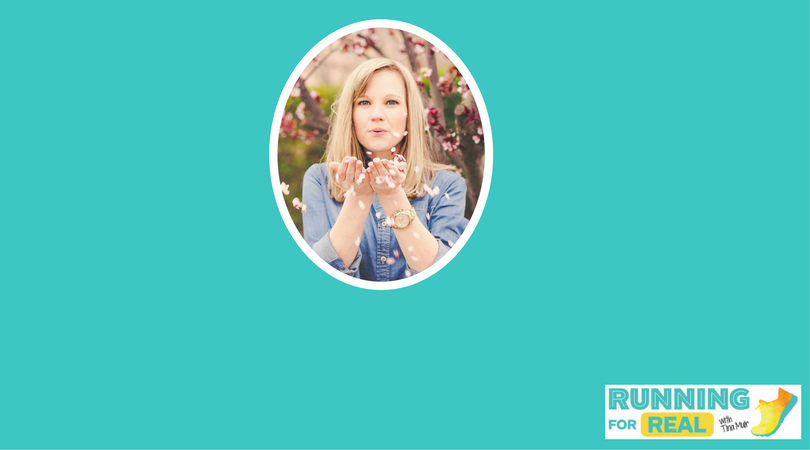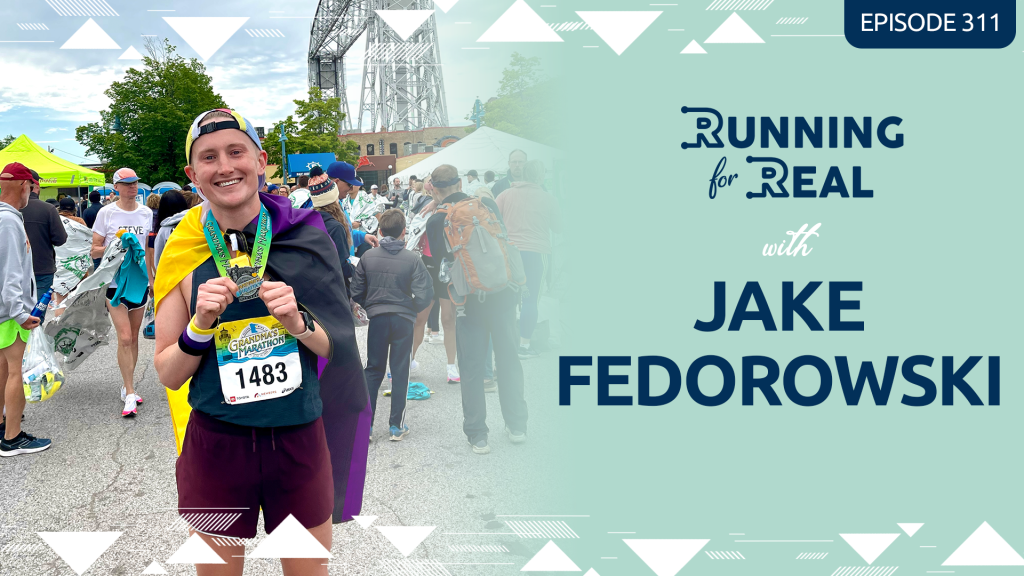Sleep and Performance
It is universally accepted that getting enough sleep is crucial to performing at your peak. There really aren’t any arguments against it. You recover most when you are sleeping. Sleep reduces your risk of cancer, depression, and anxiety. Your memory is improved and your focus is better. In fact, sleep is so important that if you didn’t get enough sleep last night, I will not be offended if you go catch up on some z’s and come back later. Odds are you will remember more of what you read if you are fully rested anyway.
Really, go take a nap.
Okay. Welcome back. Now let’s get into today’s Running for Real podcast. We interviewed Dr. Amy Bender, an expert on sleep and an advocate for getting enough of it. Listen or read along to find out what Dr. Bender said about getting enough sleep, how to take a proper nap, tips for falling asleep, and when we should be worried about the amount of sleep we are getting.
Making up for Lost Sleep
One of the first questions we asked Amy was about making up for lost sleep. Similar to most activities in life, we can’t expect to miss days and days of sleep and then make up for it in one long night. However, the good news is that studies are showing that the amount of sleep you get on average over a week’s span is what is most important. So, staying up for one night with a crying baby or cramming for a test and then sleeping in on the weekend may not be that bad for you after all.
This also means that getting more sleep prior to a period of sleep deprivation can be helpful (think carb loading, but sleep). In one study Dr. Bender observed that those who got extra sleep before going without sleep for 60 hours performed better.
It is best to get the recommended 7-9 hours of sleep each night, but banking sleep before traveling, a big day at work, or a night you know will be stressful is a great way to prepare.
How to take a Nap
Another great way to make up for some lost sleep or simply to get a boost in the middle of the day is to take a nap. Dr. Bender suggests taking one of two types of naps. The first is a quick power nap. This can be 20 minutes or less. These are best taken sometime between 1-4PM. The benefits of taking a nap less than 20 minutes long is that you don’t risk the chance of waking up with that groggy feeling.
Even if you can’t fall asleep, getting a five-minute rest with your eyes closed can give you great benefits. When your eyes are closed, neurons shut off and relaxation sets in. Instead of rushing through traffic to get a coffee, try lying down in your car for a few minutes while doing some breathing exercises. Dr. Bender recommends the 4-7-8 breathing technique. Inhale for four seconds, hold your breath for seven, and exhale for eight.
The second type of nap is the 2+ hour nap. This is best for nights when you didn’t get enough sleep. The most crucial part of your night is right before you experience REM sleep. This doesn’t happen until you’ve been asleep for about 90 minutes, so napping for a full two hours ensures this deep sleep. It is best if you can wake up without an alarm during this type of nap, but setting a two-hour safety alarm is okay.
How to Fall Asleep
Sleep is all well and good, but what if you can’t figure out how to fall asleep in the first place? Amy recommends several methods that help you get in that nodding-off mood. (If you are waking up in the middle of the night several times a night, especially if it for 20 minutes or longer, or if you have serious trouble falling asleep more than three times a week for more than three months in a row, it is best to consult a professional in addition to trying some of these methods.)
- Make your bed a sanctuary. You should only associate your bed with sleeping and sex. Don’t spend long amounts time in bed after you wake up, and don’t stay in bed trying to fall asleep for a long time. 85% of our time in bed should be spent sleeping, so get up if it takes you longer than 20 minutes to fall asleep.
- Hydrate earlier in the day. Hydration is important, especially for runners, but it can also be a cause of sleep problems. If you need to hydrate a lot, try doing it earlier in the day.
- Find a pre-sleep routine. In today’s world, the first thing to include in your routine should be turning off your screen. Both the light and the content of what comes out of our phones and tablets makes it difficult to sleep. Writing in a gratitude journal, stretching, and doing breathing exercises are all great ways to prep for sleep.
Don’t Stress About Sleep
Last of all, don’t worry too much about how much sleep you are getting. Many people that suffer from insomnia or sleep apnea get more sleep than they think. The stress that results from not sleeping quite enough is often more damaging than the missed sleep.
Knowing that you can bank some sleep before a big race or that having a nap in the middle of the day can make up for a rough night should put you more at ease. Do what works best for you, and know that time spent sleeping is time well spent.
Resources:
Listen to the Running for Real Podcast here:
[podcast src=”https://html5-player.libsyn.com/embed/episode/id/8997656/height-orig/90/theme/custom/thumbnail/yes/direction/forward/height/90″ height=”90″ width=”100%” placement=”bottom” theme=”custom”]Apple (iTunes) Podcast | Sticher | Castbox | Overcast | Spotify | Google Play | iHeartradio |
Don’t let knee pain keep you from completing your long runs, or worse, sideline you altogether. NuNee is designed specifically to relieve that dreaded Runner’s Knee pain. Unlike a typical knee sleeve, NuNee relieves the pressure at the source of the pain. And as the research reveals, if you relieve the pressure you relieve the pain. Runners from coast-to-coast are getting instant relief with NuNee. NuNee can help you get back to running without knee pain.
Use code tinamuir at NuNeeShop.com thats nuneeshop.com for a 20% discount
 Thanks for Listening! I hope you enjoyed today’s episode.
Thanks for Listening! I hope you enjoyed today’s episode.
To share your thoughts:
Leave a note in the comment section below.
Join the Running for Real Facebook Group and share your thoughts on the episode (or future guests you would like to hear from)
Share this show on Twitter, Facebook, Instagram, or Pinterest.
To help out the show:
Leave an honest review on iTunes. Your ratings and reviews will really help me climb up the iTunes rankings and I promise, I read every single one.
Not sure how to leave a review or subscribe, you can find out here.
Thank you to Amy, I look forward to hearing your thoughts on the show.




